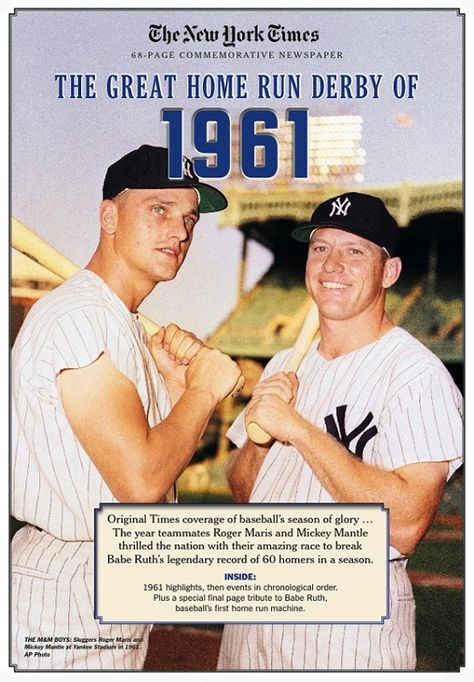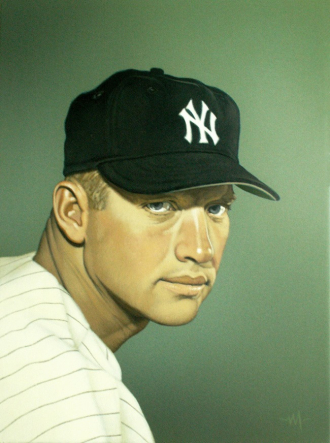Roger Maris
This is a photo of Mickey Mantle and Roger Maris added by Amanda S. Stevenson on May 20, 2020.
Date & Place:
Not specified or unknown.


 Amanda S. Stevenson
Amanda S. Stevenson 



